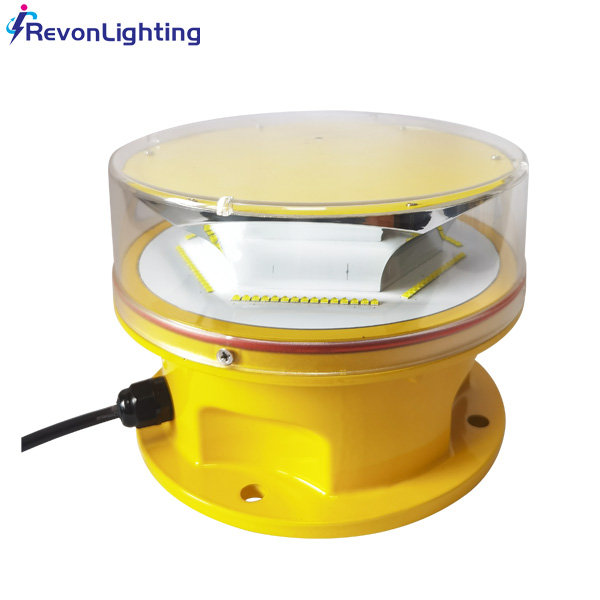FAA Obstruction Lighting: Keeping Skyscrapers Safe and Secure
FAA obstruction lighting plays a critical role in ensuring the safety and security of our towering skyscrapers. These lights act as warning signals for aircraft pilots, alerting them to the presence of tall buildings and preventing possible collisions.
In fact, the Federal Aviation Administration (FAA) mandates that all structures over a certain height – typically 200 feet or greater – have proper lighting installed to ensure aviation safety. This requirement includes not only buildings, but also antennas, radio towers, and other tall structures. The types of lights required by the FAA for an obstruction depend on the structure’s height, location, and the surrounding environment.

Obstruction lighting can be either steady or flashing, and may include both red and white lights. The type of lighting required may also vary depending on the time of day or weather conditions. For example, during clear daylight conditions, only white lights may be used, while at night or in poor visibility conditions red lights must be used instead.
The installation and maintenance of these lights is typically the responsibility of the building owner, who must ensure they are properly installed and functioning at all times. Failure to comply with FAA lighting requirements can result in fines, liability, and even closure of the structure in question.
In conclusion, FAA obstruction lighting is a critical component of aviation safety, particularly for tall structures such as skyscrapers. By signaling the presence of these structures to pilots, we can ensure the safety of both air traffic and ground occupants. Building owners and administrators should make sure to comply with FAA lighting requirements to ensure the continued operation and safety of their structures.